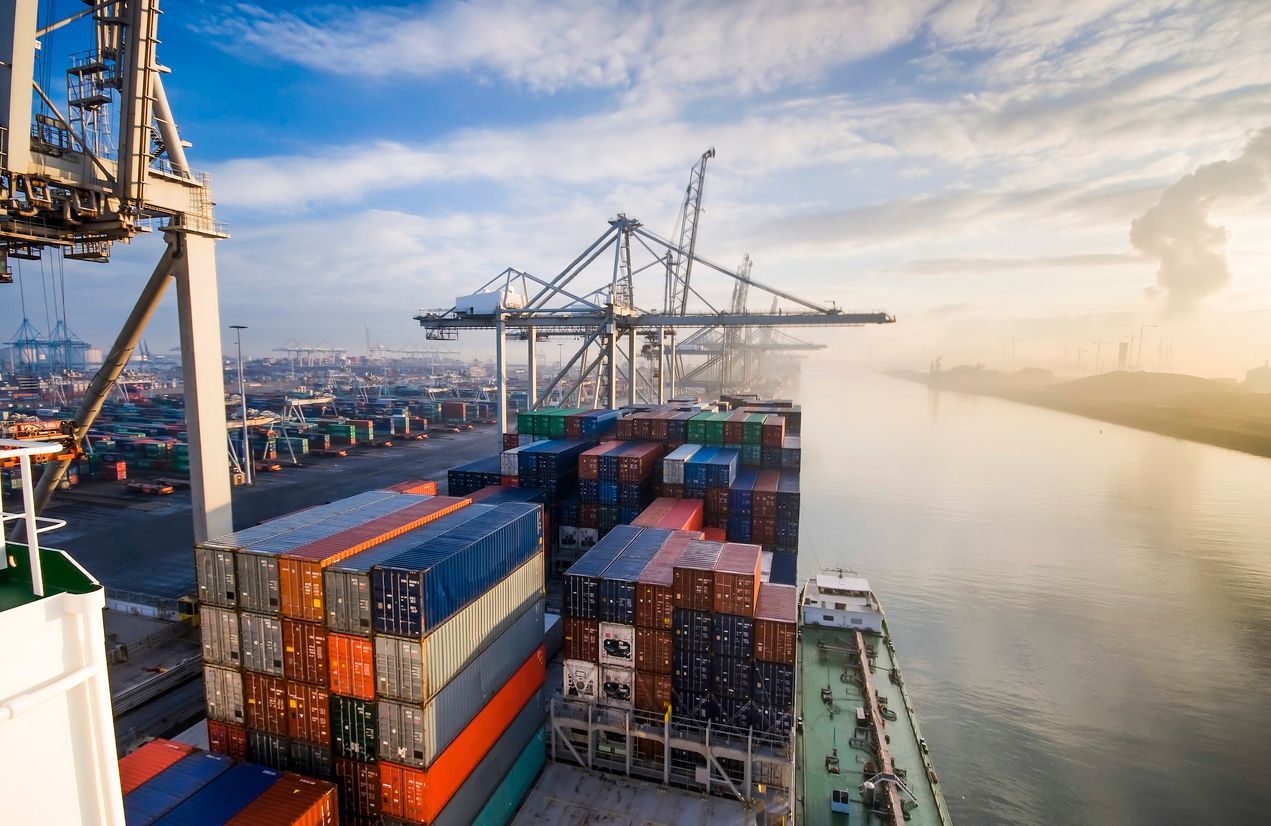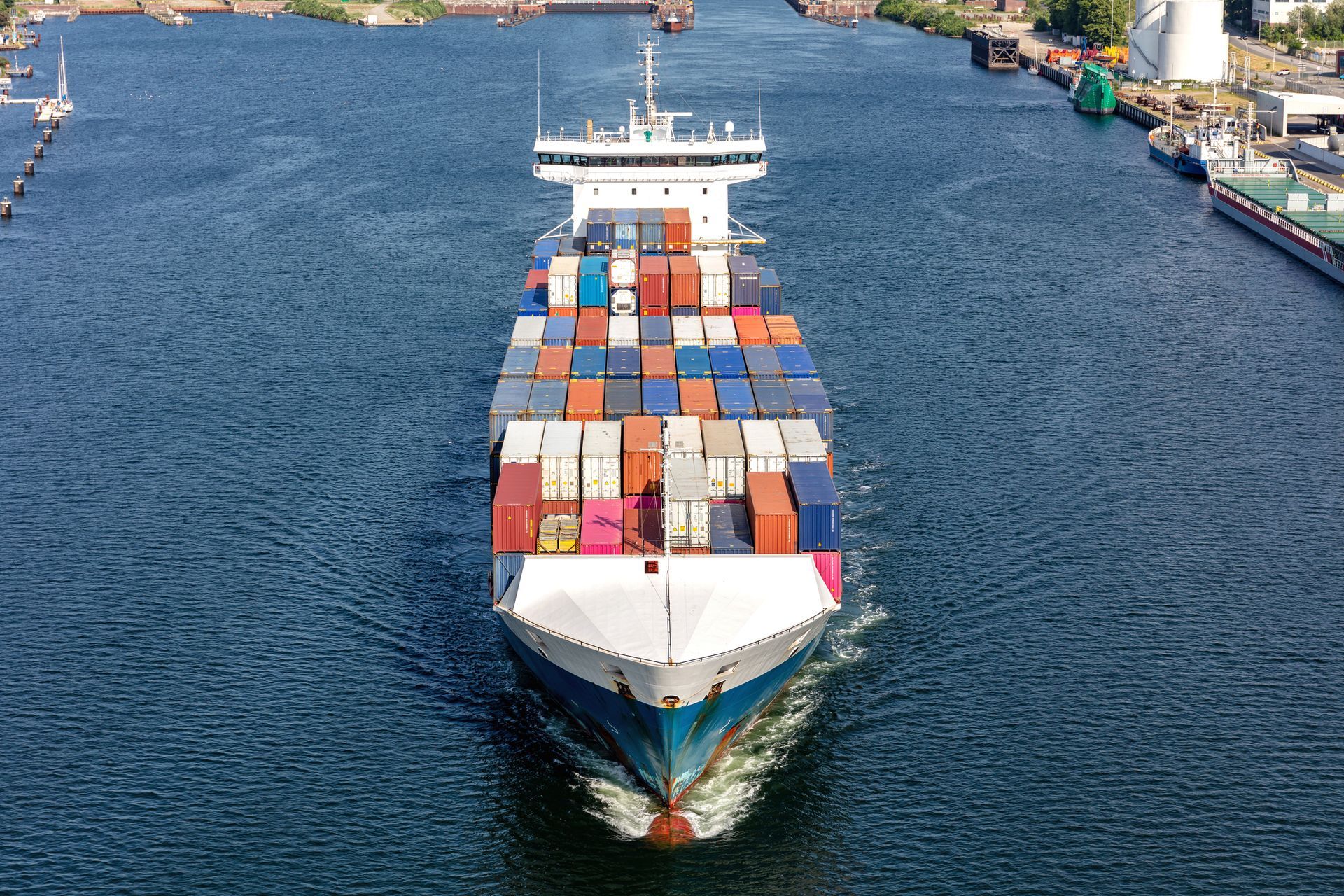
Importation is a vital process for the global economy, enabling countries to acquire products and services unavailable domestically.
This ultimate guide to maritime importation aims to clarify the main aspects of this process, highlighting the importance of importation in international trade and the various methods of consolidating cargo.
What is Importation?
Importation involves purchasing goods from another country and bringing them into the domestic market. In Brazil, importation is crucial to meet demand for products not manufactured locally, ensuring a diverse supply and competitiveness in the market.
Importing products is not just about acquiring goods; it involves a series of logistical, fiscal, and customs operations. For example, an importing company needs to handle the necessary documentation, comply with specific regulations, and pay the required taxes.
This process requires detailed planning and knowledge of foreign trade laws to avoid legal issues and ensure operational efficiency.
Import Process Flow
The import process for commercial purposes requires the importer to be a company, as individuals can only import for personal consumption.
However, when the goal is resale, the company must be properly structured, with a CNPJ and access to the RADAR system, which is necessary for managing foreign trade operations in Brazil.
In addition to the required structure, the importer needs to handle numerous bureaucratic details. It is crucial to evaluate operational capacity, especially in relation to the limits established in RADAR, to avoid issues during cargo clearance.
Therefore, it is recommended to seek detailed information or use specialized service providers, such as customs brokers, who can assist in all stages of the process.
Once the bureaucratic stage is overcome, the maritime importation process includes the following steps:
- Check for specific license requirements and pre-shipment demands
Before initiating transportation, it is necessary to confirm if the product requires specific licenses. For instance, pharmaceutical goods may need approval from Anvisa, while firearms require authorization from the Ministry of the Army.
These requirements must be fulfilled before the cargo leaves the factory or country of origin. At this stage, it is also important to consider the type of packaging.
- Consider Incoterms and send the cargo to the terminal
Once licenses are in order, it is time to plan the transport to the shipping terminal according to Incoterms.
Incoterms define responsibilities between the exporter and importer regarding transportation, insurance, and cargo handling. Depending on the agreed-upon term, the cargo will be sent to the terminal by the exporter or importer.
- Loading onto the ship and shipment to Brazil
At the shipping terminal, the cargo will be consolidated into the container and placed on the ship for maritime transportation. Here, two consolidation options are available: FCL (Full Container Load), where the cargo occupies an entire container, and LCL (Less than Container Load), where cargo from different importers is grouped into a single container.
- Customs clearance, tax payment, and cargo retrieval
After arriving in Brazil, the customs clearance stage begins. The company must submit the Single Import Declaration (DUIMP)—expected to replace the current Import Declaration (DI)—centralizing all information for customs, administrative, and tax control.
The Importance of Importation in Foreign Trade
Importation plays a crucial role in foreign trade by allowing countries to access products and technologies not produced domestically. This not only increases product diversity but also fosters competitiveness and innovation.
Additionally, importation can help balance trade, promoting a continuous flow of goods and capital between countries. This is particularly important in a globalized world where economies are interdependent and trade barriers are increasingly minimal.
Why Choose Maritime Importation?
Maritime importation is a popular choice due to its cost-effectiveness.
Compared to other transportation methods, such as air, maritime transport is significantly cheaper, especially for large cargo volumes. This enables companies to reduce operational costs and offer more competitive prices to their customers.
Another advantage is its lower carbon footprint, as ships are more fuel-efficient per ton of cargo.
Distinct Forms of Shipping Consolidation in Maritime Importation
In maritime importation, there are two main forms of shipment: Full Container Load (FCL) and Less than Container Load (LCL).
FCL is used when the cargo occupies an entire container, ideal for large volumes, offering advantages such as reduced risk of damage and theft, as the container is sealed and handled fewer times.
On the other hand, LCL is used for smaller cargo that does not occupy an entire container. In this case, various shipments from different importers are consolidated in a single container. Though this option is more economical for small quantities, it may have additional risks, such as longer transit times and a higher likelihood of damage due to frequent handling.
Conclusion
Maritime importation is an essential component of foreign trade, offering an efficient and cost-effective solution for the transportation of goods between countries. Understanding the processes, types, and benefits of this transport mode is crucial for any company aiming to operate in the international market.
By choosing maritime importation, companies can not only reduce costs but also minimize their environmental impact and ensure the safe delivery of their goods.
Continue a navegar no blog da Allink

Mantenha-se informado sobre o comércio exterior
Assine nossa newsletter e receba atualizações semanais de forma gratuita sobre o mundo da logística.




